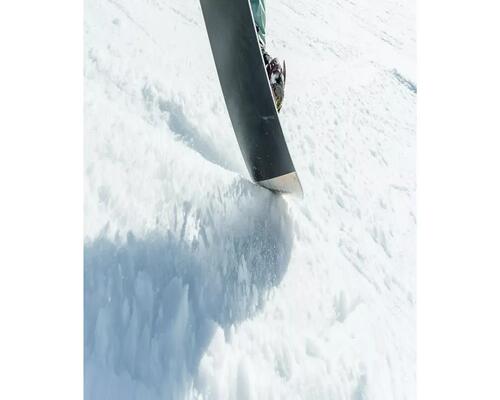What material kit is needed?
Waxing your cross-country skis means getting a few tools, which you can use every time you need to maintain them. You can opt for a ready-made waxing kit, or compose your own "waxing case" with :
- a liquid wax remover
- wax
- a waxing iron
- a nylon brush
- a metal scraper (or a plastic scraper, but the handling will be less easy)
- a clean, dry cloth
During the waxing process, your skis must be stationary so that you are comfortable and can carry out the various steps correctly. If you are not already equipped, you need:
- a waxing table (or workbench)
- a waxing vice.
Do you have everything? We'd like to remind you of the cross-country ski lexicon before you start waxing!
1. Outsole : this is the part underneath the ski, on which you put your skins and which is in direct contact with the snow when you descend. That's who you'll be waxing.
2. Edges : these correspond to the metal edges on the sides of your ski, at the level of the sole. They are sharp to ensure a good grip in the snow and the control of your trajectories. When the edges are dull (damaged), sharpening is necessary to restore their grip.
3. Skins or anti-slip hides: these two synthetic fabric strips have bristles on one side and glue on the other so they can be placed on the soles. They allow the skis to grip the snow well on the way up, so that they don't slip back.
4. Tip : this is the end of the ski that you see in front of you when you have it on your foot. Its shape is slightly raised.
5. Tail : this time it's the back of the ski, behind your heel. When we talk about the "direction of the glide", the movement starts from the tip and goes to the heel of the ski.










